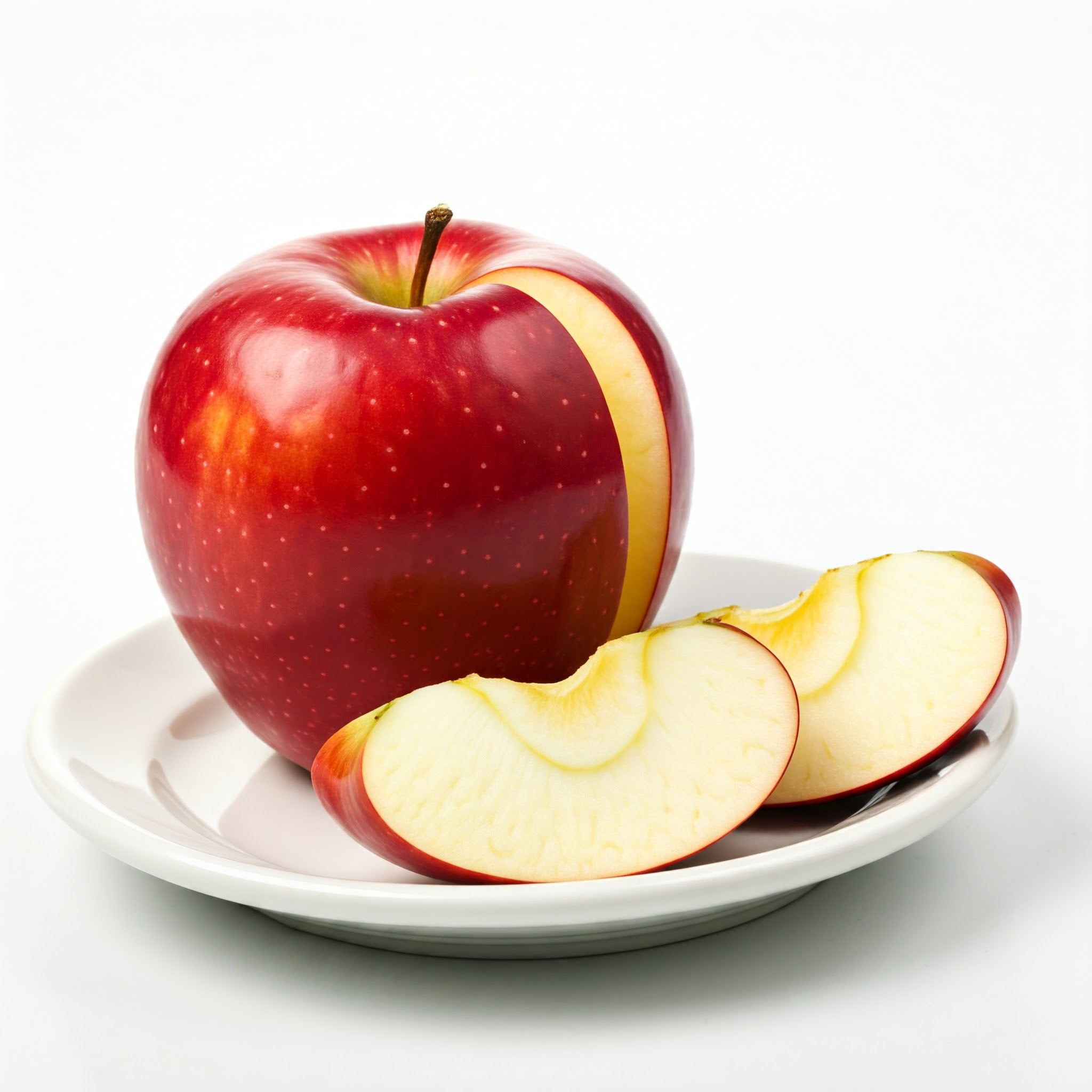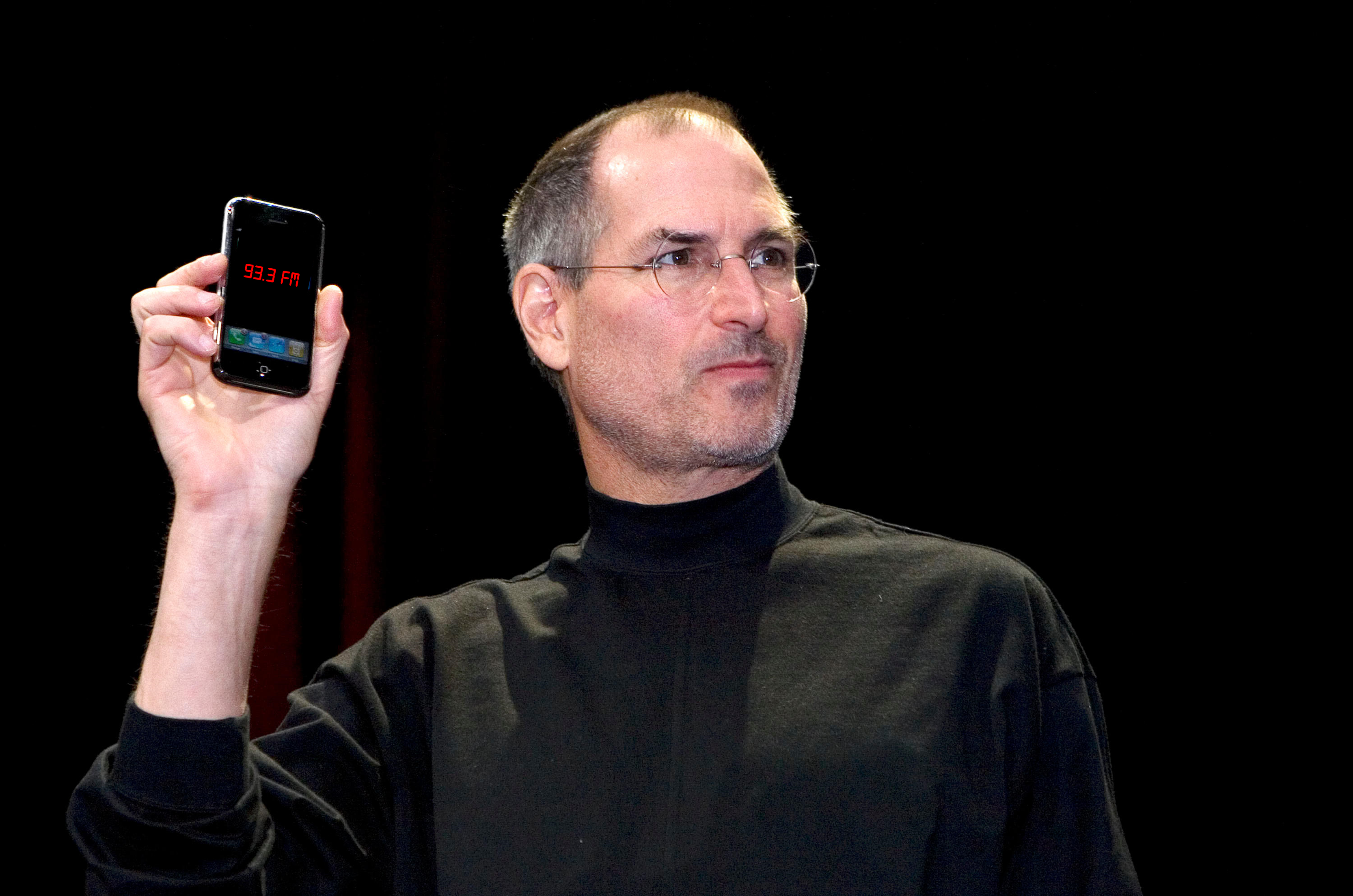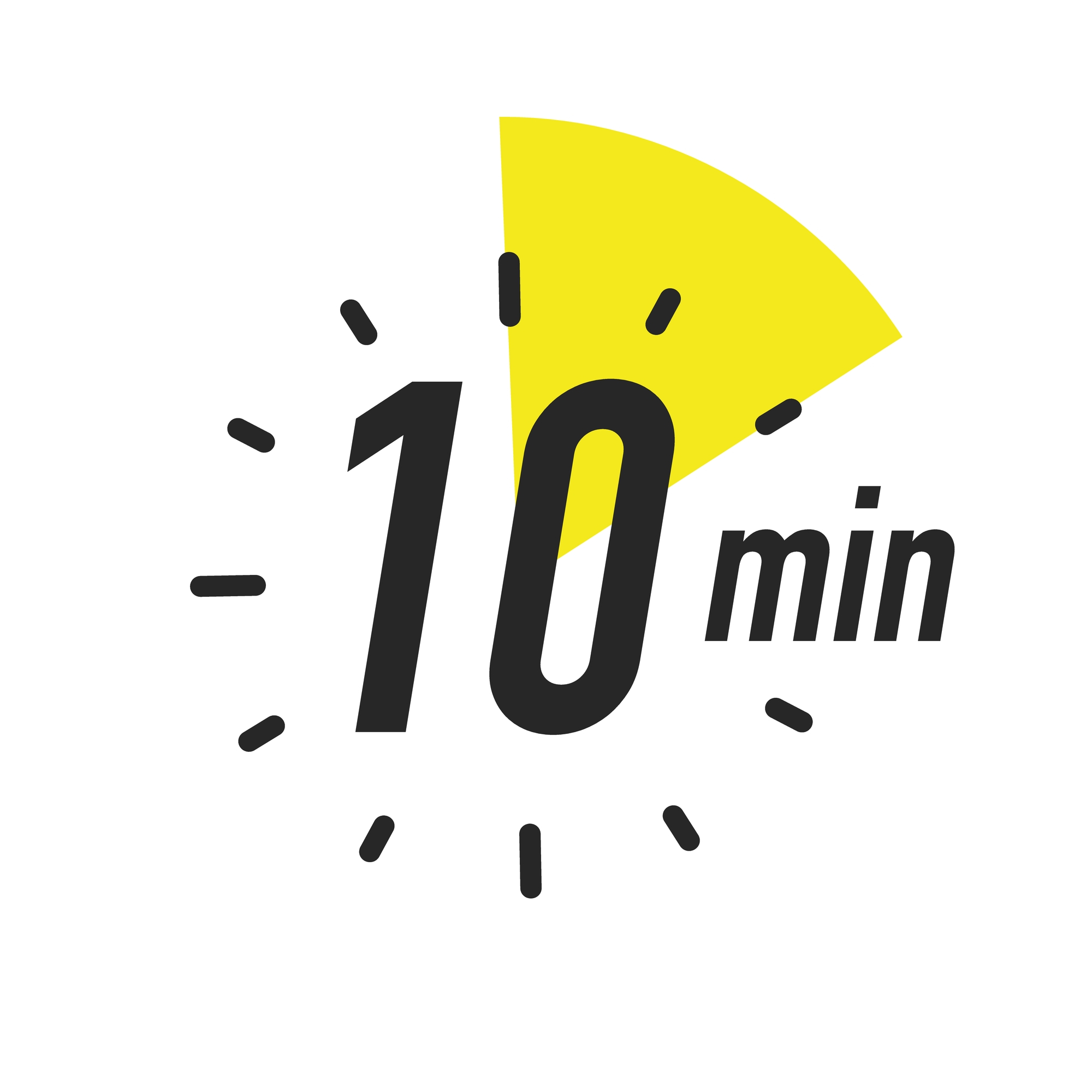 One of the reasons Apple always shows up prominently in the torrent of marketing books written every year is their (mostly) stellar track record for designing and building breakthrough gadgets and devices. While we usually think about their biggest wins – the Mac, iPod, iPhone, iPad – the fact is that many other Apple products have turned out to be much less spectacular. Perhaps like me, you’ve even bought some of these in the hope you might own the next big thing.
One of the reasons Apple always shows up prominently in the torrent of marketing books written every year is their (mostly) stellar track record for designing and building breakthrough gadgets and devices. While we usually think about their biggest wins – the Mac, iPod, iPhone, iPad – the fact is that many other Apple products have turned out to be much less spectacular. Perhaps like me, you’ve even bought some of these in the hope you might own the next big thing.
There was the Newton, Apple’s attempt to create a PDA. Or their smart speaker product, the Home Pod, which has failed to dent Amazon or Google’s lead in the space. The Watch, unlike other smash hits from the company, has taken years to establish its “why.” In our most recent Techsurvey, about one in three own a smartwatch (not necessarily made by Apple), continuing a higher trajectory over the past few years. But compare that to smartphone ownership where more than 90% own one and you gain perspective on the differences.
Earlier this year for Apple, it was the long awaited release of the company’s headset, the Vision Pro. Aside from its cost ($3,500), Vision Pro – at least this iteration of it – has not been the success Cupertino might have hoped for.
And that bring us to the recent release of Apple’s new iPhone 16 – and soon, Apple Intelligence, the company’s AI application. The company is now rolling out this new enhanced software – even while they’re already marketing it in a heavy media campaign. My iPhone (a 15 Pro) qualifies for Apple Intelligence, so I put myself on the waiting list. Less than a day later, my phone took on that glow that signifies its AI is firing up (third panel below).
So, what do I think? It’s early, but I can already see popups on various applications as Apple Intelligence is trying to predict my behavior and priorities. Its ability to summarize emails (especially Substack length stuff) is already proving helpful (first panel).
But while this is a smarter Siri, it is not smart enough…handling rudimentary questions is still a struggle. Michigan plays #1 Oregon on Saturday. I asked Siri to tell me what happened the last time these two teams faced off. (It was 2007, and sadly I was in the Big House for a drubbing, 39-7.) Unfortunately, Siri told me what time the game starts tomorrow (second panel below).

So, will Apple Intelligence be the tech elixir that will keep Apple dominant, cutting edge, and as immensely profitable as it’s been so far this century? Of course, no one can predict the future of the stock market, although Warren Buffett (pictured below) has sold more than half of his Apple shares this year. What does he know that we don’t know? Plenty.
 It is said the Oracle of Omaha is a believer in Apple CEO, Tim Cook (pictured below). Replacing Steve Jobs after his passing in 2011, Cook has engineered an amazing run for Apple. And in fact, both CEOs are as responsible for a company’s results and brand strength as any modern head honcho in the world of business. They are both proof positive that leadership matters – and that great leadership can be a difference-maker in the fortunes of a business.
It is said the Oracle of Omaha is a believer in Apple CEO, Tim Cook (pictured below). Replacing Steve Jobs after his passing in 2011, Cook has engineered an amazing run for Apple. And in fact, both CEOs are as responsible for a company’s results and brand strength as any modern head honcho in the world of business. They are both proof positive that leadership matters – and that great leadership can be a difference-maker in the fortunes of a business.
I enjoy reading and learning about how both Jobs and Cook conduct their businesses as well as their life habits. Their styles, of course, couldn’t be more different. And that’s why it’s fascinating to learn how their difference philosophies can provide guidance to those of us who don’t run trillion dollar companies but still aspire to do the right things and run our companies responsibly and ably.
So, here are two slices of management philosophy, courtesy of Jobs and Cook that you may/may not be able to use in your own career trajectory.
Steve Jobs’ “10-Minute Walk Rule” – Reported by Jessica Stillman in Inc., the challenge is what to do when you get stuck with a difficult challenge at work (it probably works on the personal front, too).
personal front, too).
For Jobs, it was simple – take a 10-minute walk. This work tip was originally highlighted by Jobs’ biographer, Walter Isaacson. For Jobs, a quiet walk cleared his mind. It also opened the door to having an actual conversation with others – not on a Slack channel or over Zoom.
 Stillman adds that neuroscientists are discovering that walking actually facilitates better brain function, putting you in a better position to work through problems.
Stillman adds that neuroscientists are discovering that walking actually facilitates better brain function, putting you in a better position to work through problems.
Other proponents of walking to make you sharper and more innovative? Mark Zuckerberg and Charles Darwin.
I’m a fan of what are called “walking meetings,” although I believe they work better with just two people, rather than taking the entire conference room out for a stroll.
Still, great work/life advice from one of America’s true business icons, Steve Jobs.
Tim Cook’s “Eat Your Own Dogfood Rule” – I love this because it is so basic, simple, and yet, necessary. Recently reported in The Verge by Wes Davis, Cook explained to the WSJ Magazine writer how he uses “every product” made by Apple “every day.”
In the story, Cook provides the list of his CX routine gadget stopovers – iPhone (of course), Watch, AirPods, two different MacBooks, an iMac, a Vision Pro headset, and an iPad Pro.
As Davis points out, Cook’s regimen misses a lot of Apple products, from Beats to Apple Music to Apple TV+.
But the main point of Cook’s process shouldn’t be lost on any of us. By putting his company’s hardware and software through its paces, Cook is putting himself in the shoes of his customers, the millions who use his products every day.
 You have to know he is regularly in touch with his division heads and direct reports every time he discovers a flaw, glitch, hiccup, fail, or inefficiency. It’s how any of us pressure test what our companies produce.
You have to know he is regularly in touch with his division heads and direct reports every time he discovers a flaw, glitch, hiccup, fail, or inefficiency. It’s how any of us pressure test what our companies produce.
For a radio station program director (OK, brand manager) it’s a lengthy but necessary list of distribution outlets, starting with listening to the station on a “regular radio” at home, in the car, or both.
But what about the other ways people can listen to and/or experience a radio station during just the course of a day:
- The app – As more and more listen this way, making sure the mobile experience is smooth and stellar. And not just the stream, but also other functions on the app.
- The website – One of the outlets that is often neglected but still well-traveled. Uniformly, radio station websites are far from quality products, but it need not be this way. Our Techsurveys tell us the station website is often the #1 touchpoint, so why not clean it up.
- Alexa (etc.) – How seamless and easy is it to give out the command and instantly start listening to the station? And if there are “skills” in place, are they functioning properly?
- Podcasts – Are they dropping on schedule and how do they sound?
- Newsletter – If there is one (or more), do you read them when they’re published?
- Email – This is still the top communication source for stations, but the quality of email content itself as well as subject lines is often suspect.
- Social media – This one can be tedious but essential because it is likely the interaction avenue most people still use. Who’s posting, how often, and are these missives engaging, interesting, and habit-forming? Do they relieve the boredom of scrolling through social, as Lori Lewis might ask?
I haven’t hit them all, but as Tim Cook shows by his actual behavior, “eating your own dog food” is always a smart idea, but not always a pleasant task. But it’s the way a leader truly learns about his/her product line and communication with customers, whether they’re listeners or advertisers.
his/her product line and communication with customers, whether they’re listeners or advertisers.
In the case of Jobs and Cook, we’re looking up to two leaders with plenty of track record and a resume of innovation.
We could all use a little more of that. Have another slice of Apple.
Originally published by Jacobs Media








